Justified Gallery is a jQuery plugin that allows you to create a high quality justified gallery of images. Fill all the spaces. It automatically align images to a justified gallery keeping their original aspect ratio.
The plugin is based on the concept that you have various thumbnails for a single image. In fact, you can configure the gallery to show your images in different sizes, and also the plugin may decide to resize some images to fill the remaining empty space. Hence, the plugin needs thumbnails with different sizes to guarantee high quality pictures.

Requirements: jQuery Framework
Demo: http://miromannino.com/projects/justified-gallery/
License: Creative Commons License
inuit.css is a powerful, scalable CSS framework. It is a Sass based, Object Oriented framework that is full of objects and abstractions. inuit.css provides little-to-no design which means no undoing things, no deleting CSS and no adhering to other peoples’ design decisions.
inuit.css is built on a BEM-style naming convention. It is ideally suited to designers who want to focus on the creative and not code, and developers who understand the need for abstraction and an OO approach. It also gives you design patterns, not design decisions. It features nestable, fluid grids; a double-stranded heading hierarchy; sprites; buttons and a lot, lot more.
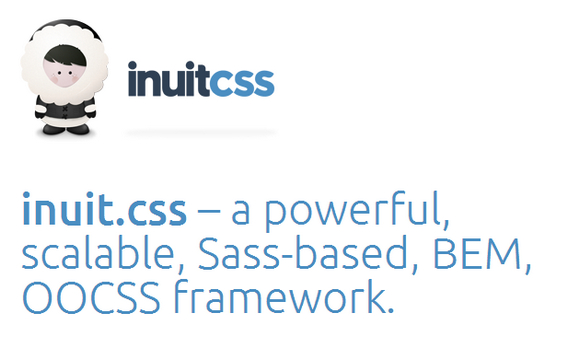
Requirements: CSS Framework
Demo: http://inuitcss.com/
License: Apache License 2.0
Christmas is getting close. If you’re looking to spread some Christmas cheer around, either through holiday cards, flyers, T-shirts, ads or various websites, then you’ll want to jingle all the way with this sensational offer. This Mighty Deal is a collection of 7 fantastic Christmas Vector Deals in one! In fact, you’re not just getting a ton of Christmas-themed resources at once, you’re also getting $880-worth of awesomeness for a mere $19.
It contains 10 colorful designs features gorgeous typography in an artistic style to help you easily get anyone into the Christmas spirit. An adorable collection of 20 colorful and cartoony Christmas-themed designs and icons. This professional set of hand-drawn Christmas greetings covers the holiday’s biggest characters and a lot of awesome design resources for Christmas.

Pixelapse is the best place to share designs and work together. They build tools to improve the design process and make collaboration easier. Pixelapse simplifies version control and makes it accessible for designers to share and discuss their work with their friends, colleagues and the world.
Every design iteration is automatically backed up as you work. No complicated interface. No commands to learn. Just save. Pixelapse includes powerful annotation and discussion tools to help communicate around your work, easily. Highlight specific details and explain exactly what you mean.
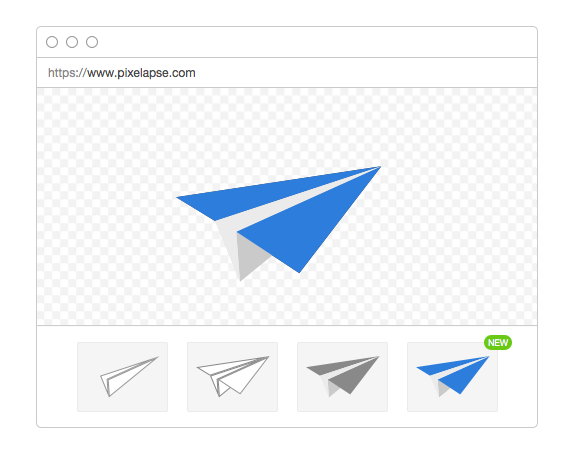
Source: https://www.pixelapse.com/
A human is a creative creature. However, in most cases this creativity needs some tools to be implemented. This principle has a long history: some theories claim that in fact tools made apes evolve into human beings. Now the sticks and stones are exchanged by more refined instruments. Nevertheless, we still need them to develop ourselves and our works.
Web design and web development are not the exceptions. Either you are a professional or an amateur, you need good tools to start the work process. Since there will be Christmas soon, I believe it will be helpful to list some of the best instruments for web designer and developers: utilities, apps, magazines. Make some gifts for your loved ones, friends – or for yourself in case you’re a web designer of web developer.
Pens
Creative designer needs to improve his manual skills of drawing to struggle for more originality in his works. This tablet is a wonderful choice for such noble cause.
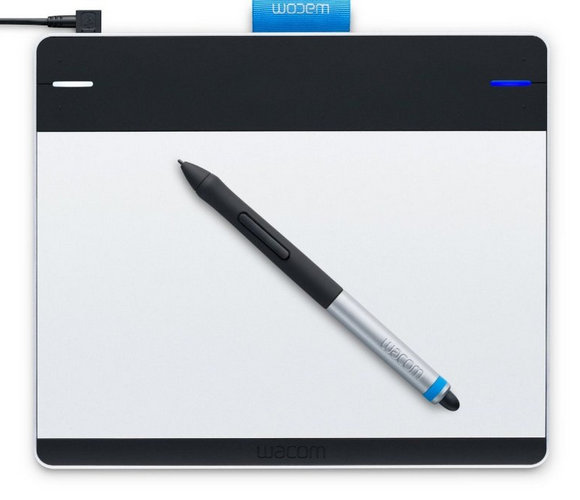
This pen display is not so cheap, however the value of the gift will be more because of that. The accessory can be praised for high resolution and deep colors. Read the rest of this entry »
Adaptive Backgrounds is a jQuery plugin for extracting dominant colors from images and applying it to its parent element. This plugin utlizes the <canvas> element and the ImageData object, and due to cross-site security limitations, the script will fail if one tries to extract the colors from an image not hosted on the current domain,unless the image allows for Cross Origin Resource Sharing.

Requirements: jQuery Framework
Demo: http://briangonzalez.github.io/jquery.adaptive-backgrounds.js/
License: MIT License
Type Rendering Mix detects your browser’s text rasterizer and antialiasing method by parsing the user agent string. It will then add two classes to your HTML element. One class will describe the text rasterizer and the other is antialiasing method.
Type Rendering Mix is useful in many situations. Let’s say you are using Proxima Nova on your website. Due to the way the Core Text rasterizer works, fonts will look heavier on OS X and iOS than on other platforms. Using Type Rendering Mix you can instead decrease the font weight for browsers that use Core Text to render text. By only applying changes when Core Text is used you will achieve a more consistent rendering while preserving the accuracy of sub-pixel antialiasing.
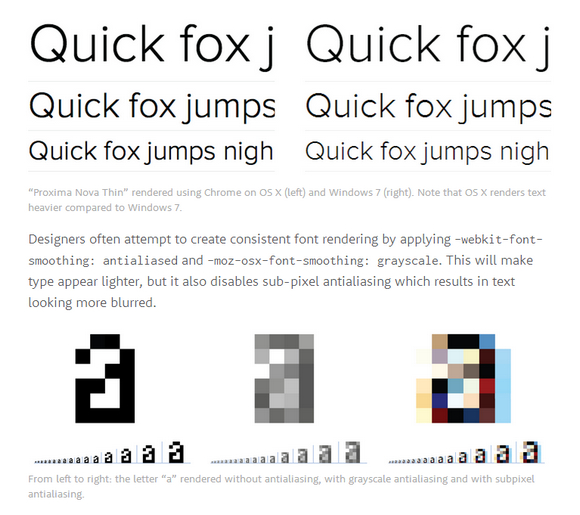
Requirements: JavaScript Framework
Demo: http://typerendering.com/
License: BSD License
In the previous tutorial, learning how to write a 3D software engine in C#, TS or JS – Rasterization & Z-Buffering, we’ve learned how to fill our triangles. As we’re CPU based with our 3D software engine, it really starts to cost a lot of CPU time. The good news is that today’s CPUs are multi-cores. We could then imagine using parallelism to boost the performance. We’re going to do that in C# only and I’ll explain why we won’t do it in HTML5. We’re also going to see some simple tips that could boost the performance in such rendering loop code. Indeed, we’re going to move from 5 FPS to 50 FPS, a 10X performance boost!
This tutorial is part of the following series:
1 – Writing the core logic for camera, mesh & device object
2 – Drawing lines and triangles to obtain a wireframe rendering
3 – Loading meshes exported from Blender in a JSON format
4 – Filling the triangle with rasterization and using a Z-Buffer
4b – Bonus: using tips & parallelism to boost the performance
5 – Handling light with Flat Shading & Gouraud Shading
6 – Applying textures, back-face culling and WebGL
In this tutorial, you will learn how to draw lines, what a face is and how cool is the Bresenham algorithm to draw some triangles. Read the rest of this entry »
Progress Button Styles is a set of flat and 3D progress button styles where the button itself serves as a progress indicator. 3D styles are used for showing the progress indication on one side of the button while rotating the button in perspective.
Please note that they are using transitions on pseudo-elements which are still not supported in some browsers (e.g. Safari and Mobile Safari). Also note that we need transform-style: preserve-3d support for the 3D styles, which neither IE10 nor IE11 support.
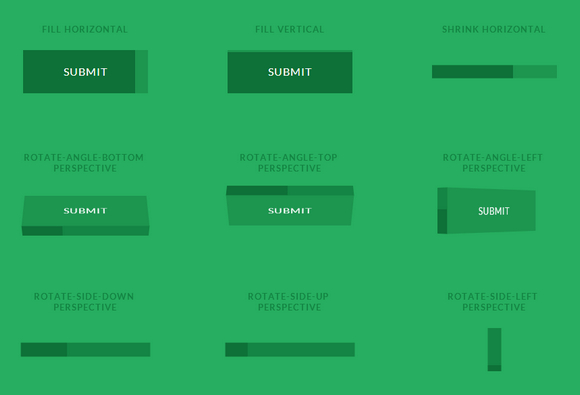
Requirements: –
Demo: http://tympanus.net/Development/ProgressButtonStyles/
License: License Free
Dynatable is a funner, semantic, interactive table plugin using jQuery, HTML5, and JSON. And it’s not just for tables. The purpose of Dynatable is to provide a simple, extensible API, which makes viewing and interacting with larger datasets easy.
Dynatable provides a framework for implementing the most common elements out of the box, including sorting, searching and filtering. Above all, Dynatable is a clean and elegant API that is fun to use.
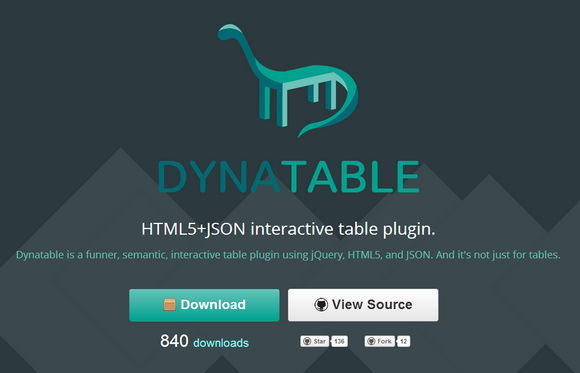
Requirements: jQuery, HTML5 Framework
Demo: http://www.dynatable.com/
License: GPL License











